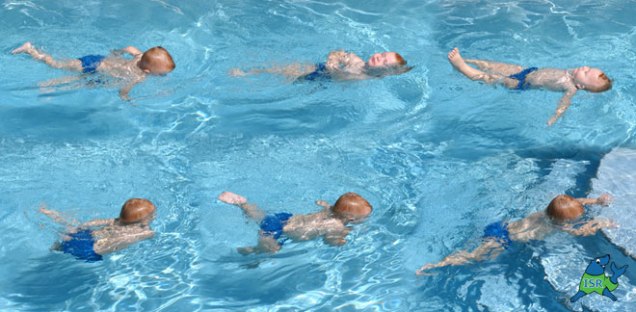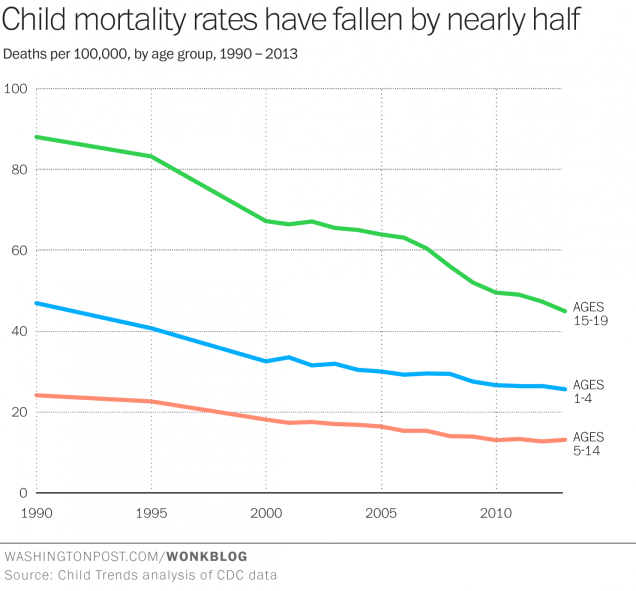
Image Source
A child is born with innate reflexes, instincts, predispositions, aptitudes, and limitations. When confronted with the outside world, the child begins to assimilate experiences of the world into his internal milieu — and he is permanently changed, every single day.
What Does That Have to Do With Dangerous Children and Politics?
Consider how a child’s experiences combine with his innate dispositions to create knowledge, science, and wisdom — leading to philosophy:
Experience is the first and basic level of knowledge. The Greeks called experience empeiria, which is at the basis of such English philosophical terms as:
empirical: which means based on the data of the senses, especially if that data can be presented in a quantifiable manner.
empiricism: the philosophical doctrine that knowledge consists primarily (or only) in sensations, and that ideas are sophisticated combinations of sensations stored in memory. The most radical and thorough empiricist was probably David Hume (1711-1776)
empeiria or empiria: sometimes used to mean sense experience in general…Science is the next level of knowledge. This is a knowledge that does not consist in a store of facts, but in general principles of cause and effect…
Wisdom, which the Greeks call sophia is a knowledge of causes and principles as is science, but it differs from science. Science looks for general principles in a certain defined domain. Every new law that a science is able to understand in turn is treated like a principle (a starting point in explanation). However, the scientist is a specialist. His expert knowledge of principles applies within a certain domain. One reason for this is that different sciences apply different methods, and the same methods cannot be used to answer every sort of question. Wisdom is as knowledge of first principles of all being…
Philosophy is the search for wisdom, the discipline that cultivates wisdom, as the knowledge of first principles known by the natural light of the intellect… __ Philosophy and Wisdom
Politics Falls in the Realm of Ideology, Which is Quite Different from Philosophy
The difference between philosophy and ideology is a crucial distinction, for anyone who wishes to understand the world and the best way for him to live in the world.
There are very fundamental differences between philosophy and ideology. Ideology refers to a set of beliefs, doctrines that back a certain social institution or a particular organization. Philosophy refers to looking at life in a pragmatic manner and attempting to understand why life is as it is and the principles governing behind it.
Difference Between Philosophy And Ideology
Philosophy tries to understand the world, and to find good ways of living in the world.
Ideology underlies the construction and propagation of organisations for change, such as religions, political movements, and all types of activist organisations. Look for instances of war, genocide, terrorism, enslavement, and mass murder, and you are likely to find an ideology behind them — for purposes of justification if nothing else.
Not all ideologies are put to bad purpose, of course. But because ideological organisations are put to the use of a small number of controlling elites, they can be easily turned to corrupt and cruel ends.
The Dangerous Child Method is Applied in Unique Fashion to Each Child
The purpose of Dangerous Child training is to facilitate the unfolding of the potential of each child according to his aptitudes, inclinations, and the wisdom he is able to develop. Each Dangerous Child will “go his own way,” according to a unique combination of several individual factors. Networking and cooperation with other Dangerous Children and with Dangerous Communities, will usually be ad hoc in nature, for purposes of establishing critical infrastructure which suppports the building of an abundant and expansive human future.
This is quite different from “saving the world,” which is the oft-stated aim of many ideologies. When an ideologue talks about “saving the world,” he is talking about forcing the world to conform to the strictures of his own ideology.
Each Dangerous Child Builds His Own Unique Ideology
The Dangerous Child “philosophy” can branch and morph to take many forms. But when appled to the world in the form of “ideology,” the philosophy builds a unique ideology of action suited specifically to the one child.
Dangerous Children are contrarian in nature when it comes to established modes of thinking. They are allergic to pre-fabricated thinking systems such as established ideologies, and reject them out of hand. Any attempt to indoctrinate, brainwash, or “consciousness raise” a Dangerous Child is apt to be met with polite dismissal, at first. Continued attempts at programming a Dangerous Child are likely to be met with progressively firmer signs of rejection — and any would-be indoctrinator would be wise to desist before the attempt reaches a certain level.
Dangerous Children Do Practise an Ideology, But it is Unique to Themselves
Because they have so much energy, competence, and aptitude, Dangerous Children are moved to act in the world in such a way as to change it in ways that they see as “better” — creating a more abundant and expansive human future while at the same time building a successful base of operations. Each Dangerous Child has his own ideas for going about this task in a peaceful and generally non-confrontational manner.
Remember, by age 18, each Dangerous Child will have mastered at least three ways of supporting himself financially, and will be more than prepared to face the world on his own psychologically and emotionally. And he never stops learning and developing new skills and competencies. This type of independence inevitably generates a certain attitude toward life, an attitude of confidence built upon multiple strong competencies.
And so, other than for purposes of building critical infrastructure of independent living, Dangerous Children do not often bind themselves together for purposes of “change action.” They will cooperate in enterprises of business, research, exploration, and innovation. But they tend to move and grow far too quickly for any currently known political, religious, or activist organisations and ideologies.
The Life of A Dangerous Child Involves a Unique Lifelong Packing and Unpacking of Knowledge, Wisdom, and Philosophy
Think of it as being analogous to the way that DNA is constantly being packed and unpacked in the cell nucleus, to support all the functions of living. Each tissue type enlists different sets of DNA “competencies,” depending upon whether it is liver, brain, heart, bone, etc. In the same way, each Dangerous Child will combine a unique set of competencies, inclinations, and wisdoms to generate his own way of acting in the world — his own unique ideology.
It is not the same, of course. We are born with our DNA and it functions more or less independently of our conscious control. But a wise parent will begin packing a Dangerous Child’s experience and inclination from before birth — even before conception. And the work begins in earnest at birth. But it is happy work — although intense and unrelenting — because each Dangerous Child is learning to pack and unpack his own experience, knowledge, and wisdom in order to find his own best way of living in the world. And that is something that no one else can do for him.
Nature of Basic Philosophy and Beliefs
The above post was re-published from a previously published article on this blog.

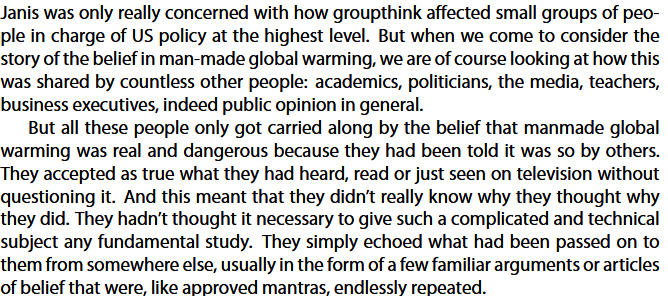

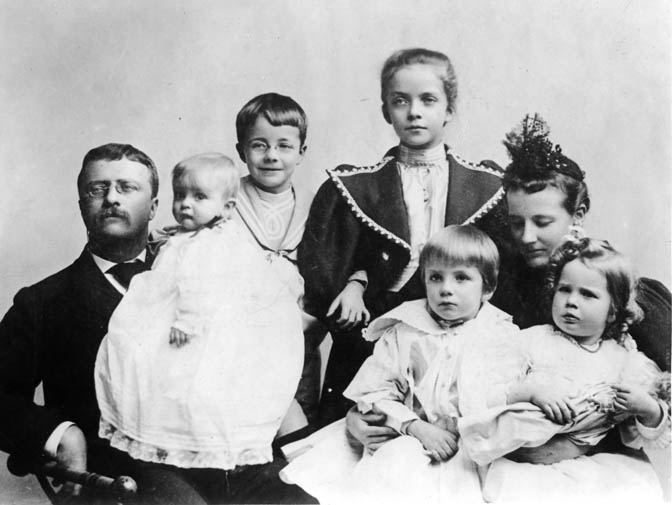
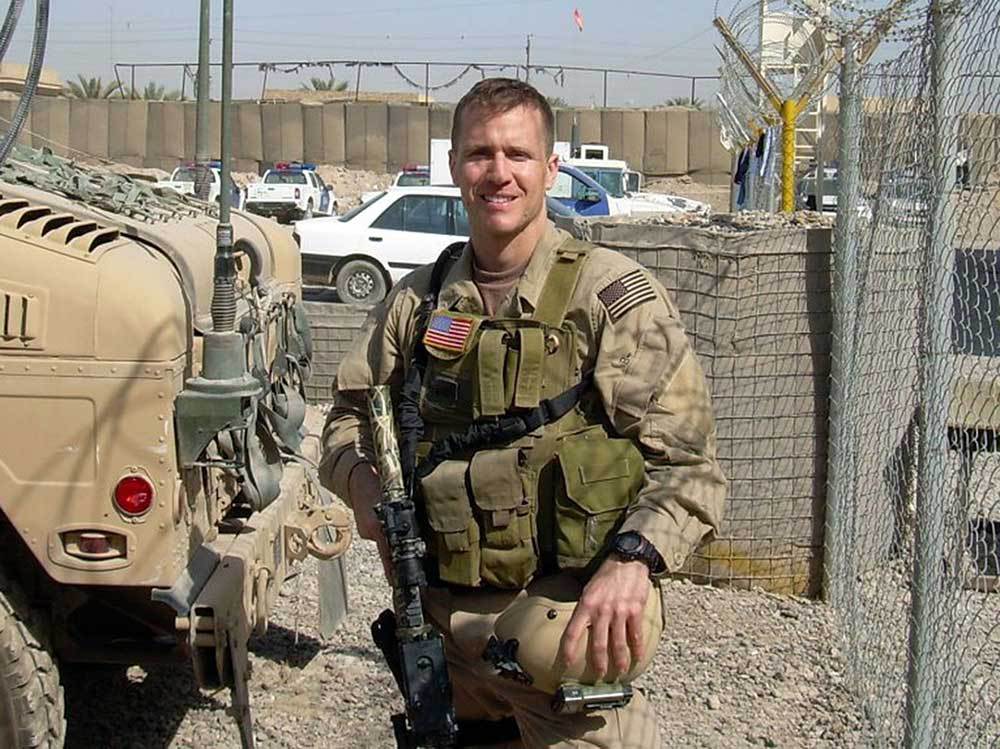


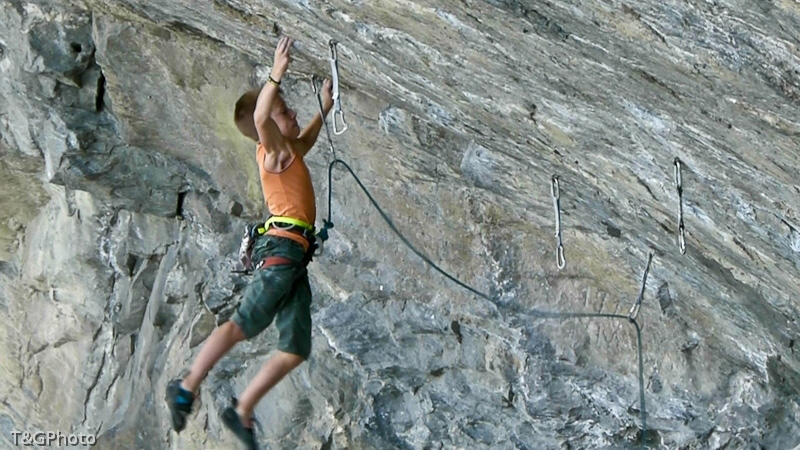










 Situational awareness is another crucial skill which Dangerous Children must learn early, and reinforce on a daily basis.
Situational awareness is another crucial skill which Dangerous Children must learn early, and reinforce on a daily basis.

